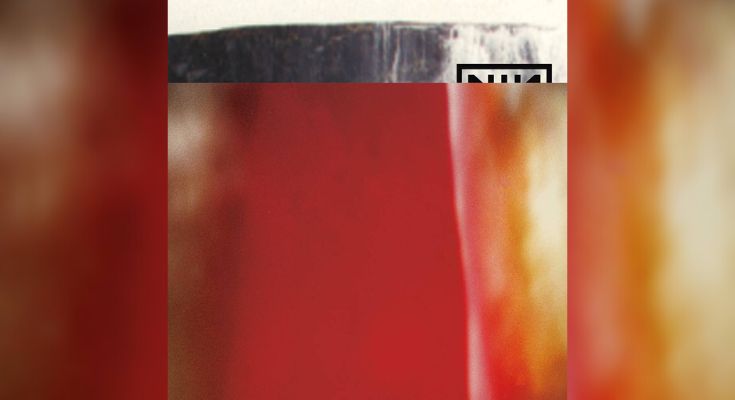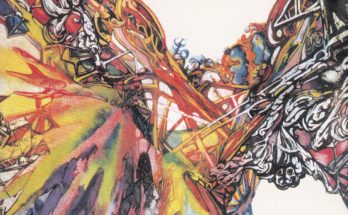By Rodrigo Díaz Guerrero, José María Moreno, and Bernardo Moreno
Hearing about the apocalypse makes me think about the end of the world, which also takes me back to the 90s, when there were so many pseudo-researchers claiming the end of times were near. According to the dictionary, the apocalypse is a violent or abrupt end of something, especially the world; from ancient Greek, apokálypsis means revelation, manifestation, or discovery. The Catholic Bible contains a book called The Apocalypse and it is, perhaps, the most controversial text of the New Testament. It is the book with the most symbology in the Christian tradition, and it was supposedly written in the first century CE by John, though nobody knows for certain which John: it might have been Jesus´ disciple. It is also believed that this book can bring revelations to persons of faith. Academia agrees that this is mostly a prophetic book.
Recently, different artists have tried to provide their own interpretations of the apocalypse, from Cuban zombies (“Juan of the Dead”) to superheroes of all kinds fighting against gods in order to prevent the fall of humanity. In my opinion, one of the most incisive takes on this topic comes from Lars Von Trier´s “Melancholia,” a beautiful and devastating film. Without further ado, here are three recommendations about this matter.
Of an apocalyptic tone recently adopted in philosophy, Jacques Derrida
This is an impossible topic, regardless of the violent times we are living through—all times are violent! Given that, according to Derrida, the apocalyptic tone of masterly notes that foreshadows the coming of the revelation will never actually arrive, no matter how hard we may try to predict it. It is not a property of reality to manifest itself fully and clearly. It will not be us, insignificant beings, who will stand and watch the end of times. If the number of the beast, 666, is nothing more than a code in Hebrew to designate Nero and not, as it is widely believed, the formula to summon the dark lord, it is still a chilling number if we imagine Nero playing his fiddle while Rome burnt. Perhaps the worst kind of horror is not the one that is revealed, but rather the one that never stops announcing itself.
Nine Inch Nails, “The Fragile”, (1999)
NIN´s fanatics had to wait for five years, after the success of “The Downward Spiral,” to witness the fourth release of this band from Cleveland: “The Fragile,” a work of art made in a cinematographic manner. In my opinion, its continuity is imperative, generating a chiaroscuro ambience where, for moments, there is nothing but minimalist arrangements, and at certain points, only overwhelming distortions. The album takes us, strangely, to the idea that the world is ending, possibly having been inspired by the coming of the second millennium. This piece also takes us to Trent Reznor´s painful descent into his own abyss: his struggle with alcohol, cocaine, and the death of his grandmother, who took care of him as a child. Challenging and poignant lyrics, covered in the sounds of an army of machines produce harmonious and complex melodies. Twenty-three tracks make up this album, portraying scenes of desolation and enticing us to ponder: how on earth have we managed everything up? But it also leaves us with the feeling that, under all the trash in our lives, there is hope of coming out of this existential hole we find ourselves in now. Reznor himself describes this album´s theme as “stuff falling over,” a production that, he would later confess, made him scape suicide.
Oats Studio, 2017-2020
Netflix recently released this independent cinematic project directed by the South African director, Oscar Neill Blomkamp (“District 9,” “Elysium,” and “Demonic”). It consists of 10 science fiction short films that carry heavy doses of horror, thrill, and a very acidic kind of humor, all taking place in post-apocalyptic scenarios: aliens, androids, and monsters bred from horrendous circumstances. Mixed in with retro-futuristic references and very creative animation styles, the results are captivating. The cast consists of great stars like Sigourney Weaver, whose character is part of the resistance facing a reptilian alien invading force that is modifying the atmosphere after having defeated most of humanity´s armies; and Dakota Fanning, who is trapped in a military base and is hiding away from an extraordinary creature composed of pieces of skin and soldiers´ dead limbs—amongst other surreal stories. Oats Studios was founded in 2017 and its purpose was to upload short films to YouTube in order to evaluate how successful they could be in the big screen. If you liked “Black Mirror,” or “Love, Death, and Robots,” this is a series that you will certainly enjoy.




